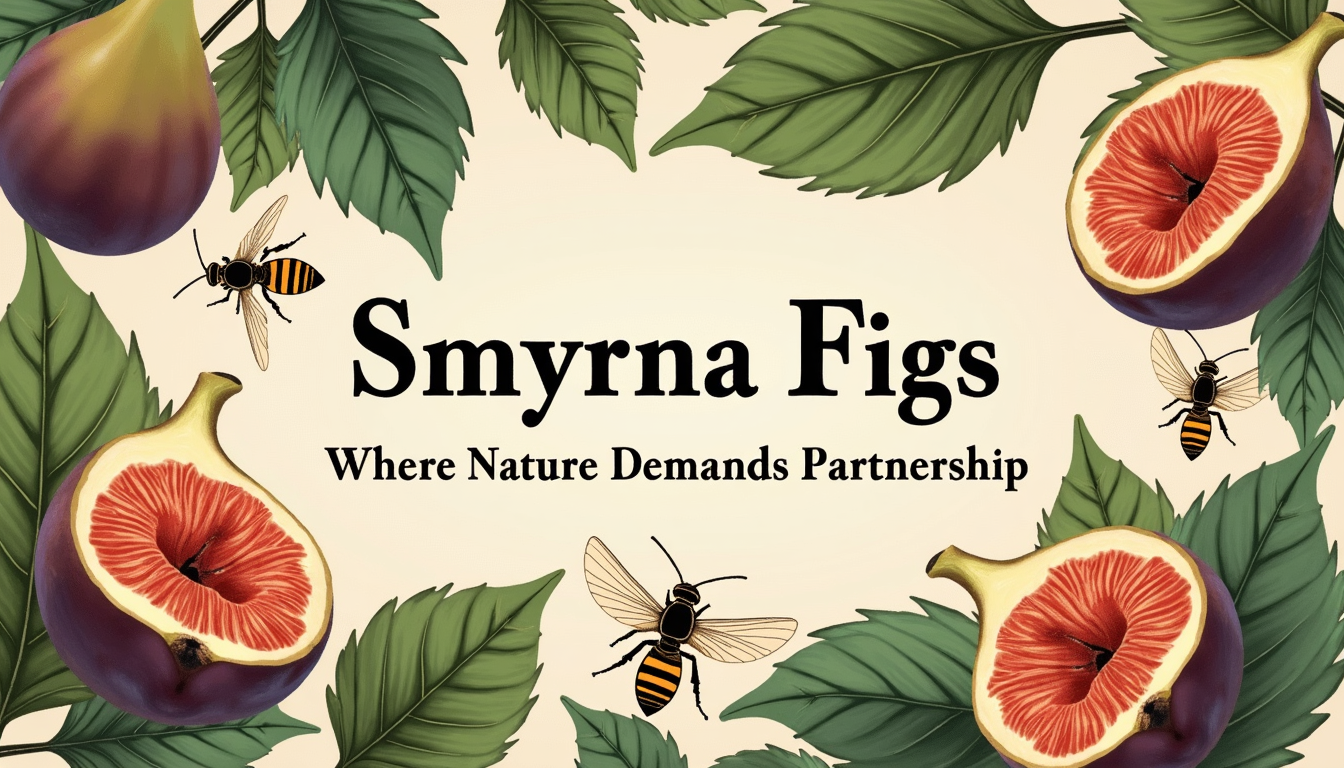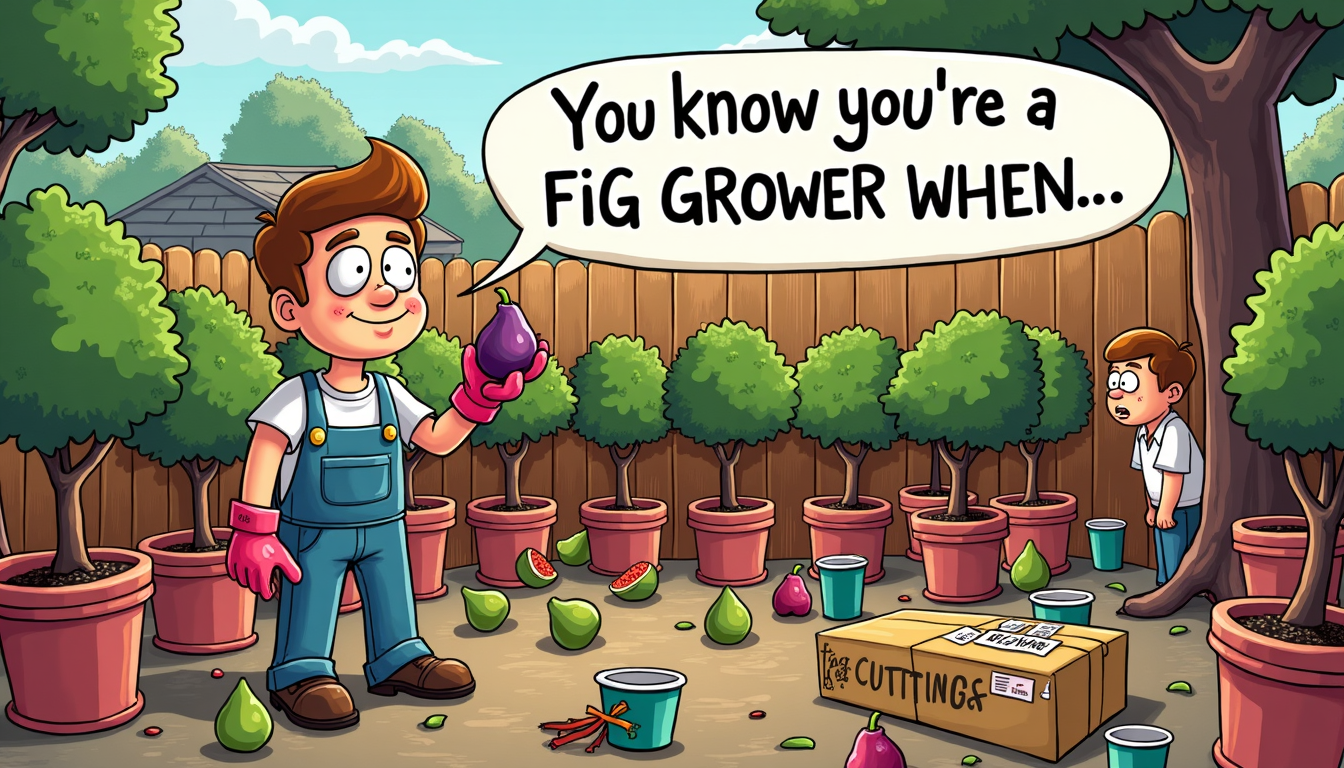
Smyrna Figs: Nature’s Pollination Puzzle and a Collector's Gem
Rigo • 17 Jul 2025 • 1307Among the many fig types that enthusiasts grow and trade, Smyrna figs stand apart with a mystique few others possess. Unlike common figs, which don’t require pollination to develop edible fruit, Smyrna figs depend entirely on the tiny fig wasp (Blastophaga psenes) for successful fruit development. Without this natural pollination, Smyrna fig trees will produce fruit that simply drops before ripening, leaving new growers confused and frustrated. This delicate relationship makes Smyrna figs one of the most fascinating and least understood fig species in the world of fig collecting.
The most well-known Smyrna cultivar is Calimyrna, a fig brought to California in the late 19th century from Turkey, where its original name was ‘Sari Lop.’ California growers renamed it ‘Calimyrna,’ blending "California" and "Smyrna" to mark its origin and new home. The species soon became a pillar of the California dried fig industry thanks to its nutty flavor, chewy texture, and firm skin. Other Smyrna types, such as Zidi, Hourani, Marabout, and Inchàrio, are also prized for their drying qualities and intense taste. These figs tend to be large, seedy, richly flavored, and slow to spoil—ideal for drying, shipping, and long-term storage.
The requirement of pollination, however, limits where Smyrna figs can be grown. In North America, the fig wasp exists only in certain pockets of California and parts of the Mediterranean-like regions with established caprifig and wasp cycles. Without the wasp, growing Smyrna figs becomes an exercise in disappointment. Many new collectors unwittingly purchase Smyrna varieties only to realize they cannot fruit in their climate. This makes them both a challenging and rewarding pursuit for the dedicated fig enthusiast willing to understand their biology.
Historically, Smyrna figs were central to the development of commercial fig orchards, especially in California’s Central Valley. In the early 1900s, the U.S. government even funded efforts to import the caprifig and fig wasp together in a successful experiment to establish the wasp's life cycle stateside. This unique horticultural endeavor is considered one of the earliest examples of deliberate biological co-dependence introduced for agricultural success in America.
Collectors today still admire Smyrna figs for their richness, drying capabilities, and link to traditional fig culture. But they're also a cautionary tale. Unless you’re growing in an area with an active fig wasp population or have access to caprifigs and manual pollination methods, Smyrna figs may never fruit for you. That challenge, for some, is exactly what makes them so desirable. To grow a fig that requires nature’s rarest pollinator is to participate in an ancient botanical partnership few get to witness.
For those lucky enough to live in the right zone, Smyrna figs are an exceptional addition to any collection. Their history, complex biology, and flavor profile all speak to a time when figs weren’t just easy-to-grow cuttings passed around online, but treasured crops that demanded patience, knowledge, and a little bit of luck. To grow Smyrna is to chase authenticity—something every serious fig collector can appreciate.







